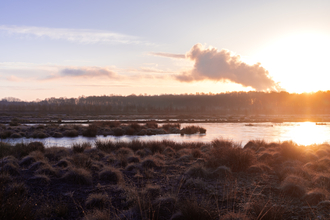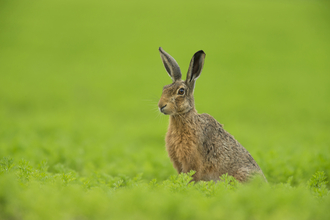Did you know that peat bogs have the ability to capture carbon from the atmosphere and store it away in their soils for millennia? And whilst peatlands only cover three to five per cent of the northern hemisphere’s land mass, they store approximately 33 per cent of global soil carbon.
As carbon and other greenhouse gases are released into the atmosphere, they trigger and increase climate change. Yet, peatlands have the ability to fight back.
In fact, rewetting and restoring just one hectare of peatland is able to soak up the same amount of CO2 as produced by eight car journeys around the world. This makes the often unloved peat bogs that used to dot our region a vital natural resource in the fight against climate change.
One hectare of peatland can soak up the same amount of CO2 as produced by eight car journeys around the world
However, Lancashire, Manchester and North Merseyside has lost 98 per cent of its lowland raised peat bogs, meaning that every remaining area that can be saved is precious.




